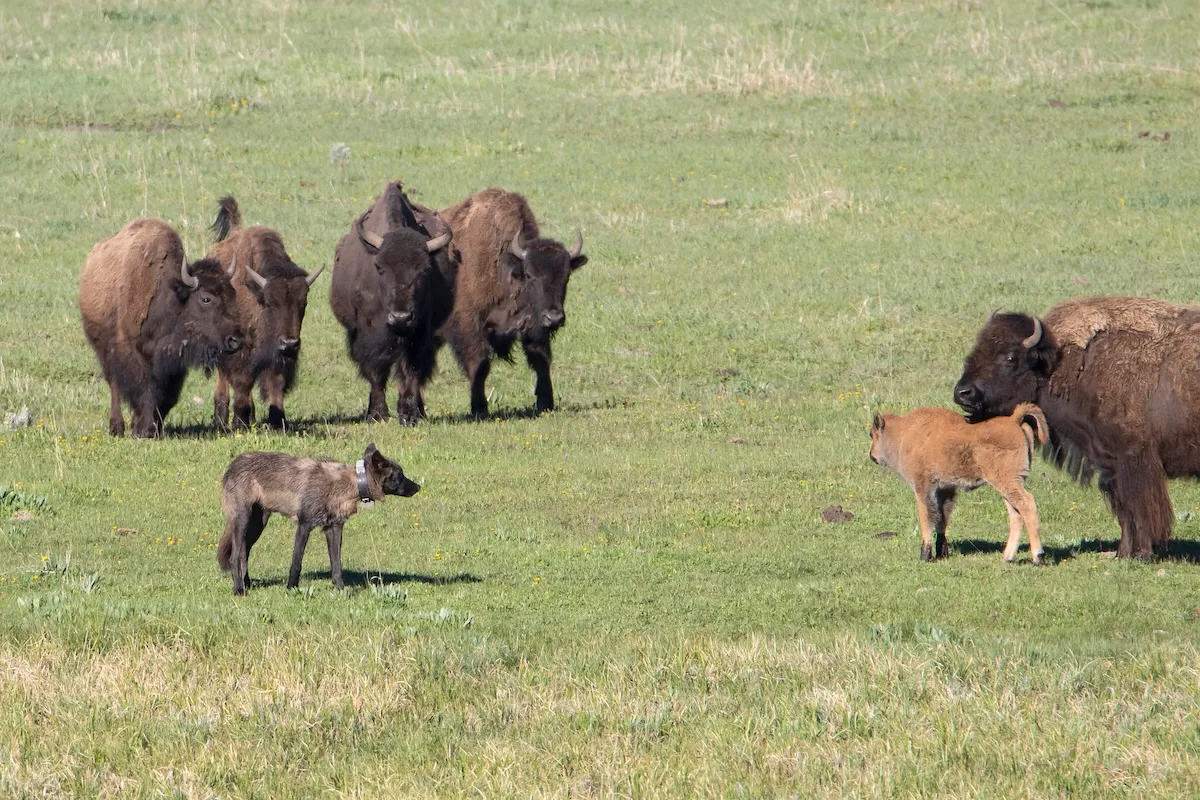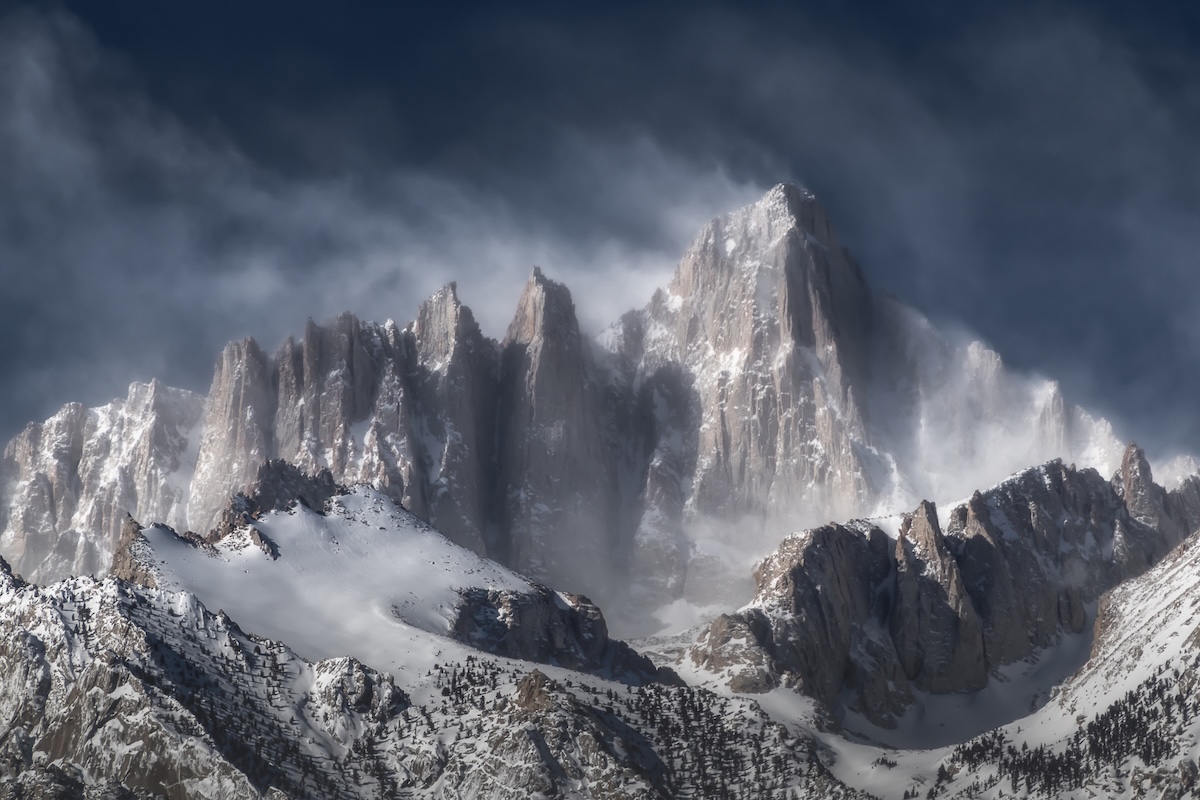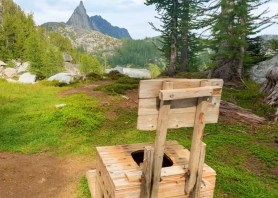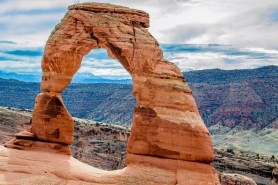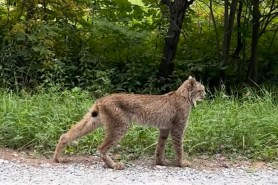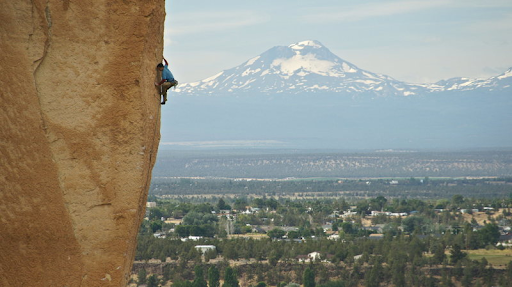

From teetering rock towers to free-standing ice pillars, the United States is home to some truly heart-stopping climbs. Here are a few of the country’s wildest lines.
Videos by Outdoors
Ancient Art (5.10)

Where it is
Every year, locals mutter that this spindly, freestanding tower of sandstone is going to fall over in a windstorm. And every year, intrepid climbers scale it anyway. Located within the Fisher Towers area near Moab, Utah, Ancient Art is an internationally renowned classic—at least as long as it remains standing.
Why it’s nuts
The Fisher Towers experience is often referred to as “mud climbing,” which isn’t far from the truth. The sandstone here is so soft that it seems to rub away at the slightest touch. That softness is what allowed the wind to carve Ancient Art into its improbable spindle shape, but it makes the main line, Stolen Chimney, a pretty spooky climb. Ancient Art is considered so fragile that top-roping is discouraged for fear that the pressure from belaying will pull the tower over.
The Fang (WI6)
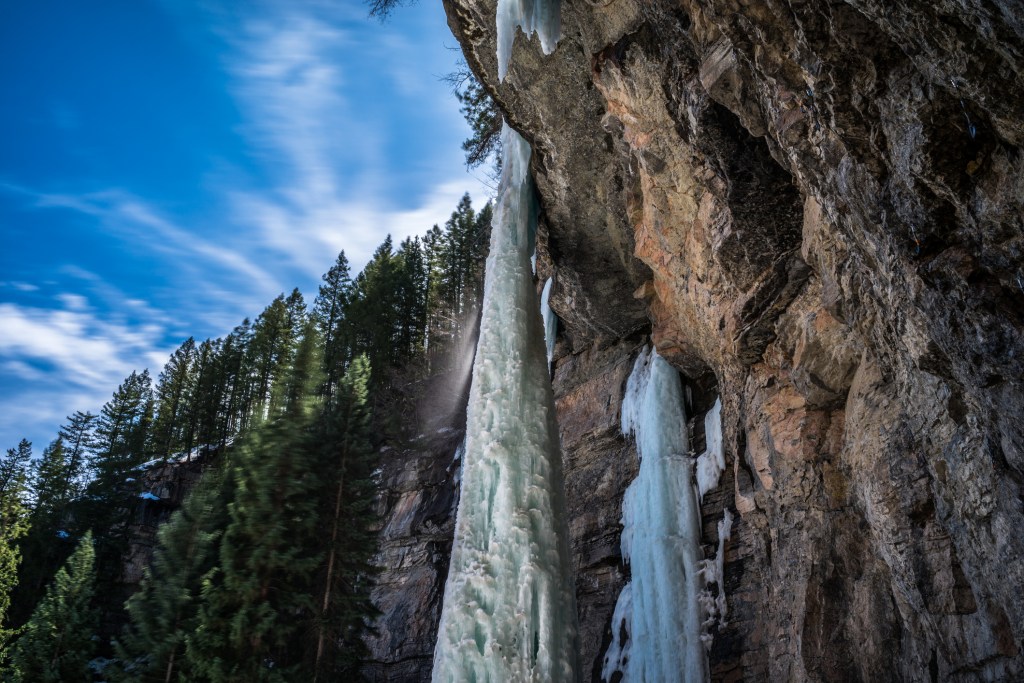
Where it is
Located in Vail, Colorado, The Fang is a freestanding pillar of ice that’s more than 100 feet tall. It only forms every few years, but when it does, it’s one of the most difficult and exposed ice climbs in the state.
Why it’s nuts
Most ice climbs form no steeper than dead-vertical. The Fang, however, forms slowly over the course of the winter as drips of ice slowly build up and freeze, creating a long talon that extends from the lip of a limestone cave. When the talon touches the ground, it creates a massive, slightly overhung column of ice that you can walk all the way around—or climb, if you’re so inclined.
Century Crack (5.14b)
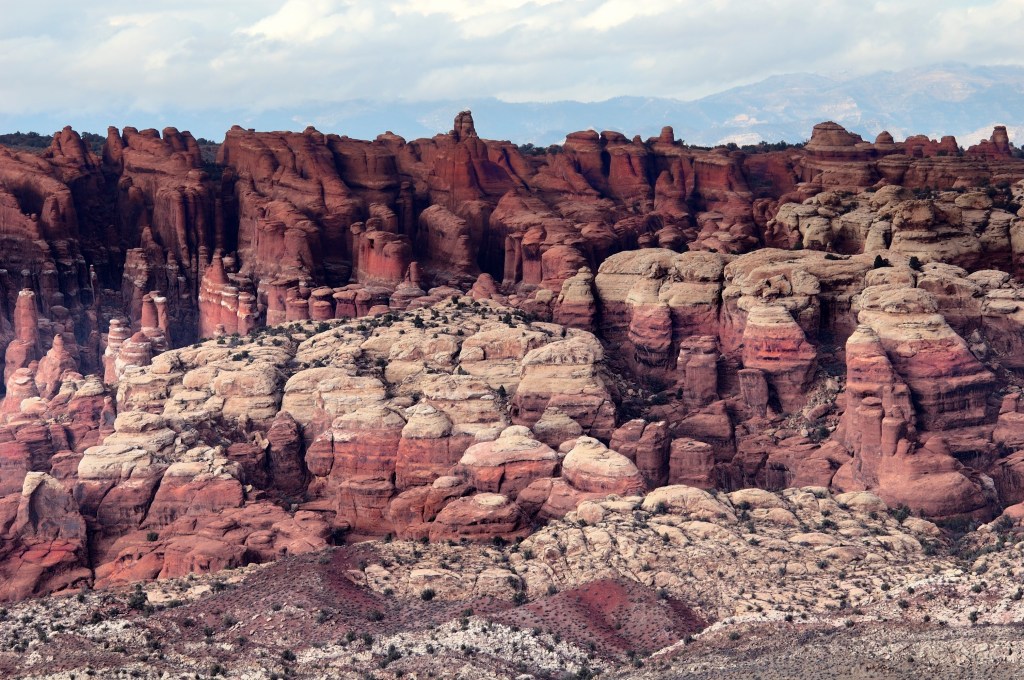
Where it is
Deep within the sea of desert sandstone that is Utah’s Canyonlands, there lies a cave. And within that cave you’ll find a monstrous fissure, dubbed Century Crack, that’s so wide, awkward, and horrible that climbers once believed would never see a first ascent.
Why it’s nuts
To start with, Century Crack is dead-horizontal for 85 feet. The crack starts around four inches wide and ends at a flared six inches—a size that can only be climbed by wedging your ankles and legs into the crack above your head. The route was first discovered by climbers in the 1990s but didn’t see its first ascent until the “Wide Boyz,” a couple of goofy British crack-climbing specialists, got ahold of it decades later. They first tried the crack in 2009, then had to train specifically for the route for two years before they could nab the send.
The Dawn Wall (5.14c)
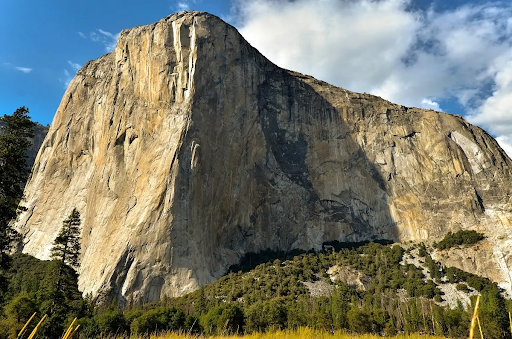
Where it is
The Dawn Wall first captivated the world back in 2014 when Tommy Caldwell and Kevin Jorgeson spent weeks living on the side of the cliff working to complete the route for the first time. The hardest route of its kind in the world, the Dawn Wall is located on the famous El Capitan in Yosemite National Park.
Why it’s nuts
Imagine 2,500 feet of sheer, almost featureless granite. Now imagine having to climb it over several days, living on the side of a cliff, and hauling all your own food and water with you. That’s what Tommy Caldwell and Kevin Jorgeson did when they climbed this beast over 19 days in January 2015. The holds were so small that they often had to wait until nightfall to climb because that was the only time it was cold enough to create sufficient friction between fingers and rock. One pitch even involves a dyno—an eight-foot leap above 1,000 feet of open air.
Jumbo Love (5.15b)
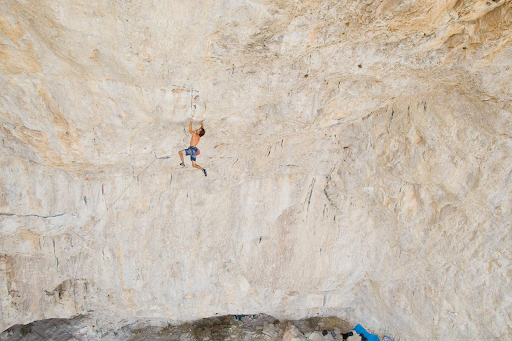
Where it is
This is hands-down the hardest sport climb in the United States. Located on Clark Mountain in California, Jumbo Love climbs up through the roof of an enormous cave. When Chris Sharma first established it in 2008, it was the first 5.15b in the world.
Why it’s nuts
First, there’s the sheer difficulty of the grade. Second, there’s the steepness. The route is more than 250 feet long and much of it is nearly horizontal with nowhere to put your feet. To finish it, climbers have to monkey-bar around on tiny holds, feet dangling or smearing uselessly against tiny nibs of rock in the roof.
Backbone (5.13a)

Where it is
Backbone is located on a prominent, overhanging prow in Smith Rock, Oregon, the birthplace of American sport climbing. It’s four pitches long and climbs the sharp spine of a 400-foot tower.
Why it’s nuts
The route follows a slender arete—basically the protruding corner of a cliff—for nearly its entire 400-foot length. It’s tough as nails, tremendously exposed, and it culminates in a nearly horizontal roof so big you can see it from across the canyon.
Rainy Day Women (5.10R)

Where it is
Rainy Day Women was the first 5.10 on North Carolina’s Stone Mountain. One of the more notorious climbing areas in the Southeast, Stone is a massive granite monolith near the Virginia border.
Why it’s nuts
There are harder climbs at Stone Mountain, but few are as notorious and comically run-out as Rainy Day Women. The climbing is mostly accomplished via friction alone—there are no holds on most of the wall. Each pitch on this 400-foot route has just a bolt or two—so any error could mean a 30- to 60-foot, cheese-grating fall down a granite slab. For that reason, Stone Mountain climbers have pioneered a new belay technique called the running belay: If your climber takes a fall, the first order of business is to run like mad into the woods behind you, in hopes of pulling out enough slack to keep them from hitting the ground.
The Nutcracker (WI5+, M8)
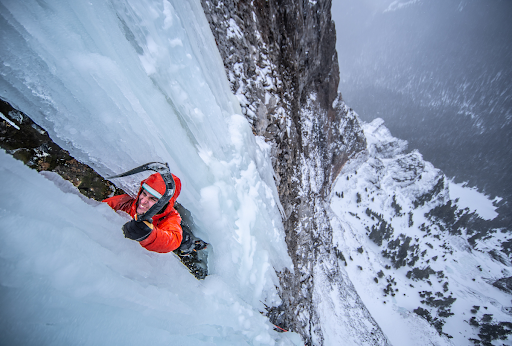
Where it is
This 600-foot maze of rock and ice is located deep within Montana’s Hyalite Canyon. You’ll find it in the Winter Dance area, which is home to some of the canyon’s more famous ice climbs.
Why it’s nuts
One of the great mixed-climbing test pieces of the West, The Nutcracker will have you tiptoeing up fragile ice curtains, squeezing through narrow gaps, and climbing decomposing rock with ice tools and crampons. It’s one of the headier routes in Hyalite Canyon—and a full-on adventure for even the boldest alpinists.
Hallucinogen Wall (5.13+ R)
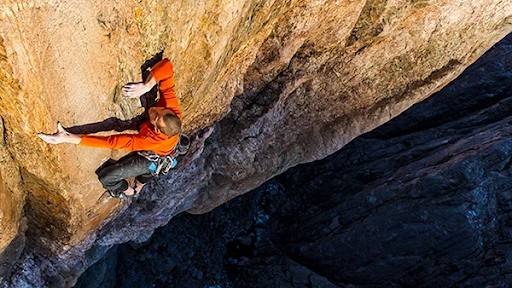
Where it is
Hallucinogen Wall is a massive, nearly 2,000-foot route in Colorado’s Black Canyon of the Gunnison. Almost as deep as El Capitan is tall and only a quarter-mile wide, the Black Canyon is a vast, sinister gash in the earth that intimidates even experienced trad climbers. Often, the only way to the base of the climbs is via rappelling. Once you pull your ropes, you’re committed.
Why it’s nuts
In the Black Canyon of the Gunnison, geological change happens in real-time. According to legend, climbers have been known to hang from cracks, only to experience them suddenly widen, spitting out gear and sending them plummeting. Others have left gear in cracks while projecting and come back a few weeks later—only to find that the cracks had widened, seemingly overnight. While Hallucinogen Wall has experienced fewer of these particular issues, it’s known for being extremely committing, run-out, and long—and the threat of an act of god only adds to the spice. Oh, and did we mention the knee-deep poison ivy at the base?
The Naked Edge (5.11b)
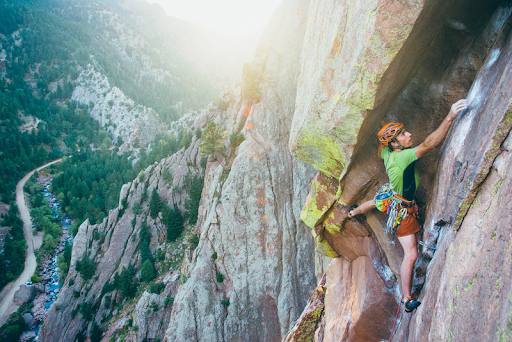
Where it is
The Naked Edge climbs a soaring arete in Eldorado Canyon, which is just south of Boulder, Colorado. Eldorado is one of the birthplaces of modern hard trad climbing and is known for its precarious run-outs and stiff, old-school grades. These six pitches are no exception.
Why it’s nuts
Climbing the Naked Edge slowly is hard enough; the crux pitch is a wide, exposed, unprotected chimney that some climbers have to do a full split to get through successfully. But what really makes this climb crazy is the speed at which the pros approach it. For years, experts have been coming to Colorado just to vie for the coveted Naked Edge speed record. Right now, that sits just under 23 minutes. Mind you, that includes not just 460 feet of hard, technical trad climbing—but also running up to the base and descending back down to the car afterward.
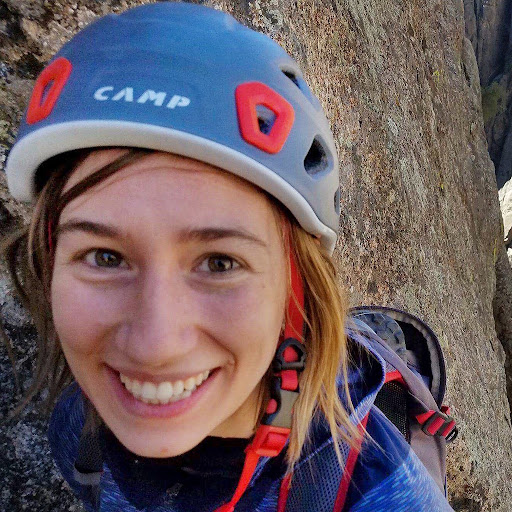
Corey Buhay is a Colorado-based writer and editor and a former member of the U.S. Ice Climbing Team. Her work has been featured in Outside, Backpacker, Smithsonian and Alpinist.
